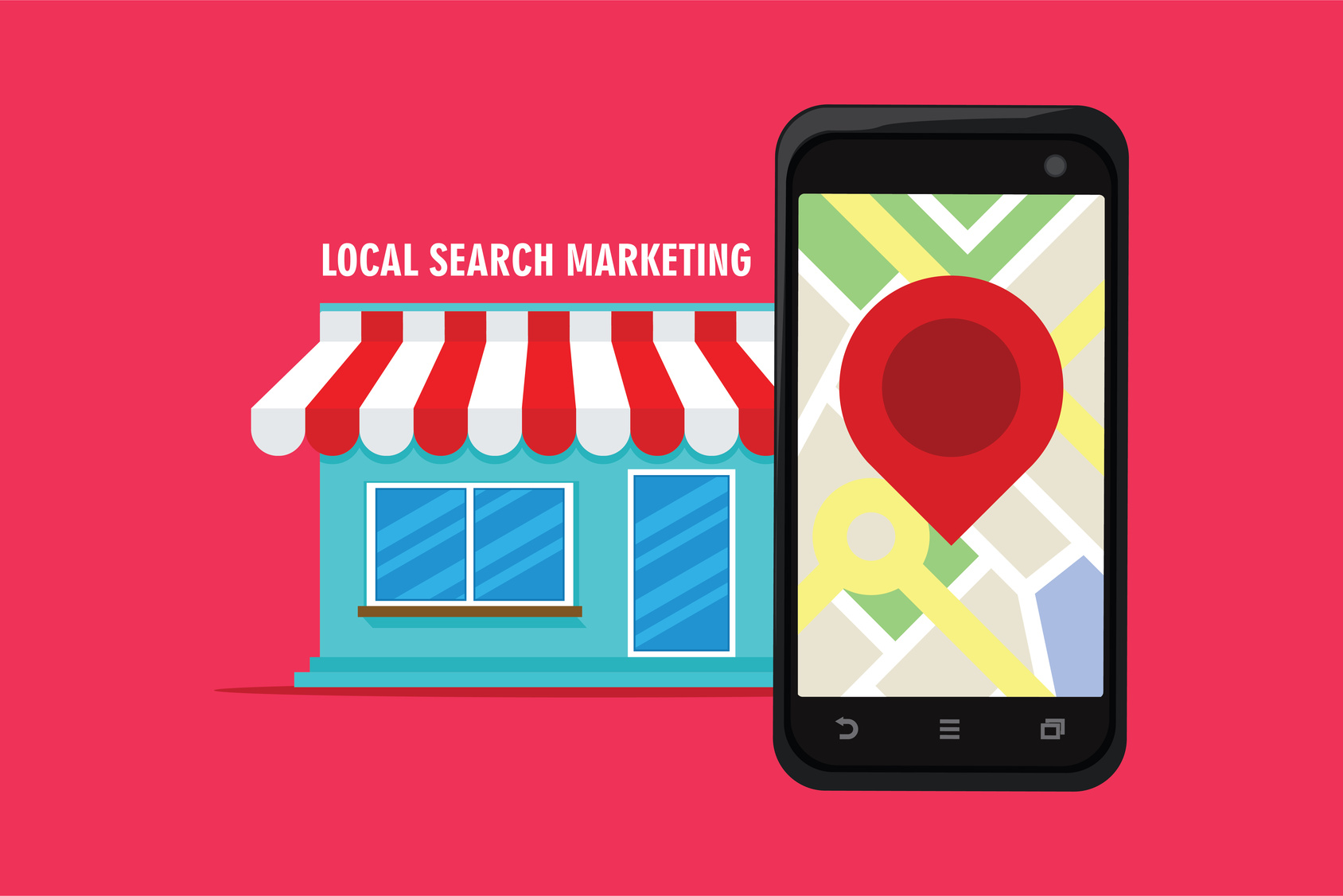5 Tips on Becoming a Paid International Speaker
What happens when you talk?
Are you able to captivate your audience no matter who is listening?
Are you the type of person who has an incredible story to share and you enjoy helping people?
If you have interesting and inspiring stories along with the “gift of gab”, becoming an international speaker might be the right move for you.
Keep reading to find out how to get it done.
The Route to Becoming an International Speaker
1. Solve Their Problem
This is where the whole process starts. Look at people like Tony Robbins and Dave Ramsey. They had a problem. They fixed it. Now they’re both helping other people with their problems and making a fortune while doing so.
Ask yourself, “What problem do entrepreneurs and business owners have that I can help them fix?”
An even better question: “What problem will they pay to have fixed?”
People who own their own businesses are go-getters. If they can solve their own problems, they want to. Sometimes, there just isn’t any information out there.
You need to have that information.
2. Learn the Language
If you would like to become an international speaker, you need to accept the fact that not everyone speaks your native tongue. English is used as a second language twice as often as it’s used as a native one.
For maximum success as a public speaker, focus on becoming fluent in Arabic, Mandarin, and/or Hindi. These three languages combine to increase your potential reach by nearly two billion people.
3. Tech Up
Once you’ve started, you’re going to likely stay on the go. You’ll probably have a small team constantly needing to exchange information with you.
Immerse yourself in the tech world. It will make your life easier.
This includes everything from leveraging social media to utilizing the newest types of communication software. Having a Gmail account is probably not going to be enough.
4. Make Them Laugh
Entrepreneurs and small business owners are stressed out. They have come to you with a severe problem and are paying a lot of money to have it sorted out via your speech.
With all of that tension in the room, you can use humor to cut through it. This will help you connect with your audience, grab their attention, and help them relax.
Use a funny personal story that relates to your speech to maximize the efficiency of the joke. It could be something that affects business owners all over the world. Or it could be about your first experience in their country.
Just make sure it isn’t offensive and keep it relevant.
5. Establish a Brand
In many ways, business is its own form of communication. Don’t underestimate the value of creating your brand.
When you become an international speaker, you should learn to rely on your brand. No two languages are quite the same and often things get lost in translation.
Your brand can say everything that it needs to about what you have to offer without a word. It can also help create a level of emotional trust and authority that cannot be misconstrued in translation.
Wrapping It Up
While these are five awesome tips that can help get you started and you should be thinking about them, there is no way that we can squeeze every piece of need to know information into one blog post.
I’m Rafferty Pendery, I’m an international speaker who has helped thousands of businesses over the years. I can help you, too. Contact me today.




